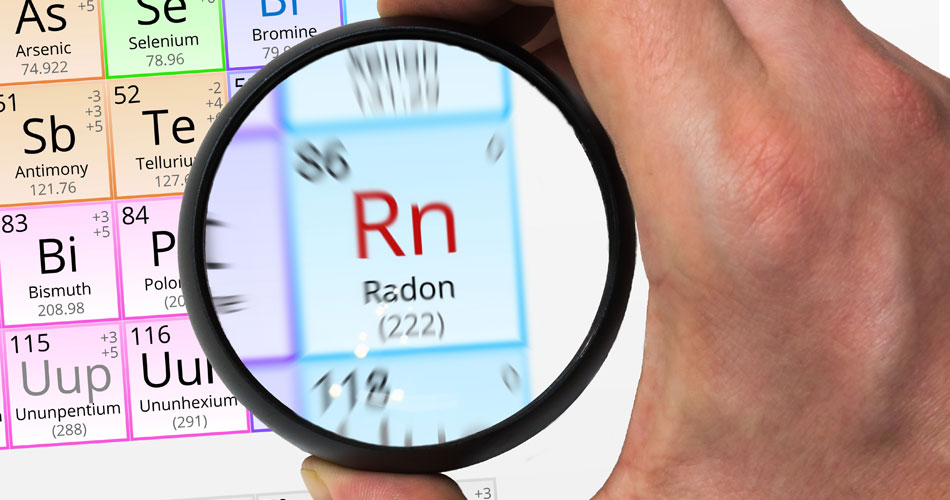Although most people have heard about radon, they may not think about the possibility it’s in their homes. Any home can be affected by this invisible, odorless gas, and a house of any age can have problems with radon. The only way to find out if your home is affected is with professional radon testing.
What is Radon?
Radon comes from the natural breakdown of uranium and thorium underground. The gas can easily pass through the ground into the air and dissolve in water. This means that even well water and groundwater can be contaminated.
Radon naturally accumulates in the lower levels of your home. If you spend a lot of time in your basement or on your first floor, you could be regularly exposed to elevated levels of radon.
Why Radon Testing Is Needed
Radon testing must be conducted correctly by a professional or it will return inaccurate results. Some reasons why your home needs radon testing include:
1. There is No Other Way to Know
The only way to know about high levels of radon in your home is to have radon testing. Testing in seven states discovered that 1 in 15 homes had radon at or above the action level, which is 4 pCi/L or more. When radon levels are this high, steps need to be taken to remedy the problem.
2. Radon is Deadly
This radioactive gas seeps into homes from the ground and is responsible for about 20,000 lung cancer deaths each year. This means it is the second leading cause of this type of cancer in the United States.
The risk of lung cancer is even worse when you are regularly exposed to radon and you smoke cigarettes. You can reduce the risk if you quit smoking, but if radon is present at 4 pCi/L or higher, you are still in danger.
3. It Can Take Years to Show Health Symptoms
The radiation from radon does not have an immediate impact on your family’s health. It is a long and slow process, and once symptoms of illness begin, it is usually already serious. This disease does not have noticeable symptoms in the early stages, which means it is often not discovered until it is advanced.
4. Radon May Be Trapped in Your Home
Newer homes are more energy-efficient because they are well-sealed. While this feature is helpful for lowering energy costs and preventing drafts, it also keeps radon gas trapped in the home and can cause elevated levels of radon. Radon testing will help you determine whether your home is safe or not.
Radon Can Be Mitigated
After radon testing has been completed, there are ways to lower high levels of radon in your home. Ongoing monitoring should continue after mitigation to make sure the amount of radon doesn’t rise again to dangerous levels.
When you are buying or building a home, you should have it tested for radon before moving in. If you’re purchasing a home, have it tested during your buyer’s inspection before completing the sale. This way, some of the costs of radon mitigation may be paid for by the seller.
Five Stars Home Inspection offers radon testing and home inspections to the Greater Boston area. Contact us if you are concerned about radon in your home.

